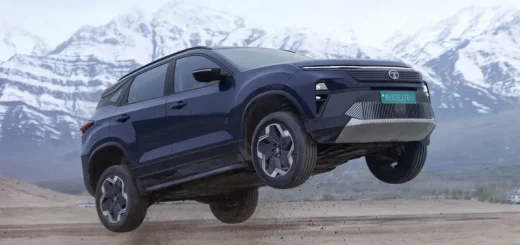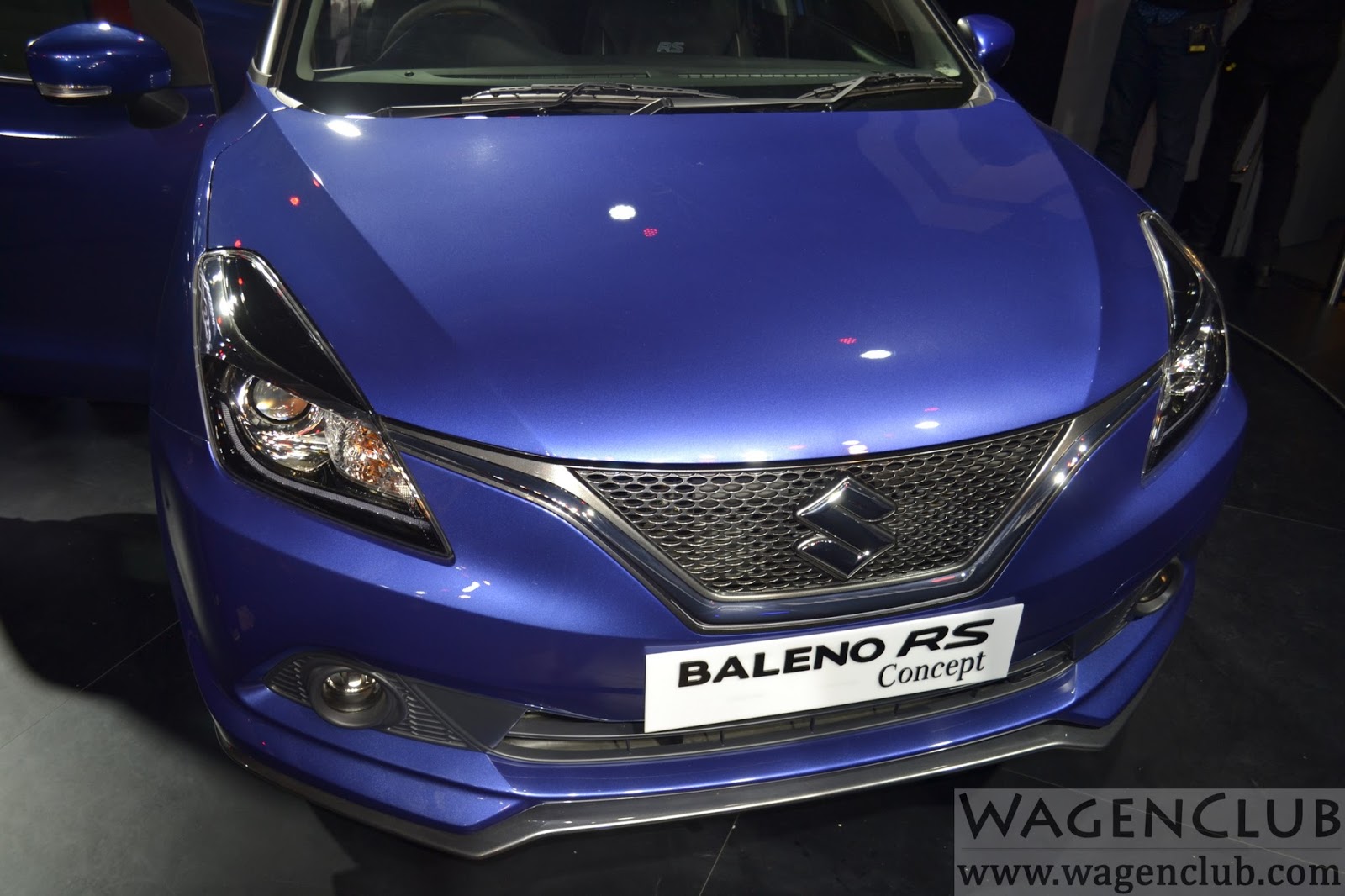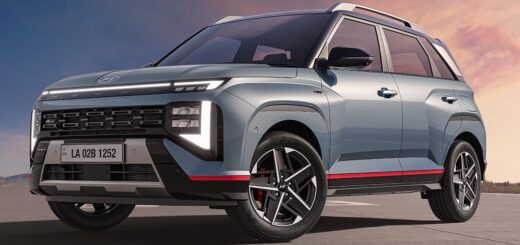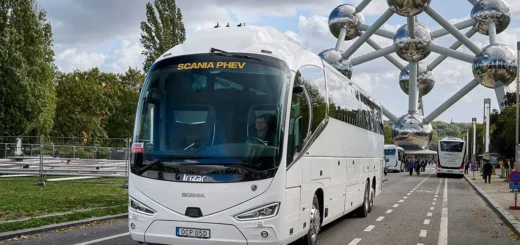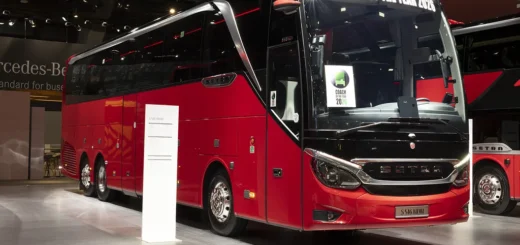Porsche Taycan: Electric high-performance, now road-ready
The Porsche Taycan, the first-ever all-electric model from the German automaker unveiled at 2019 Frankfurt Motor Show last month, is a testimony to the fact that the auto industry’s imminent transition to electric propulsion will continue to uphold high-performance credentials chartered by IC engines. In this article, we bring you the engineering and technology highlights of this stupendous electric sports sedan.
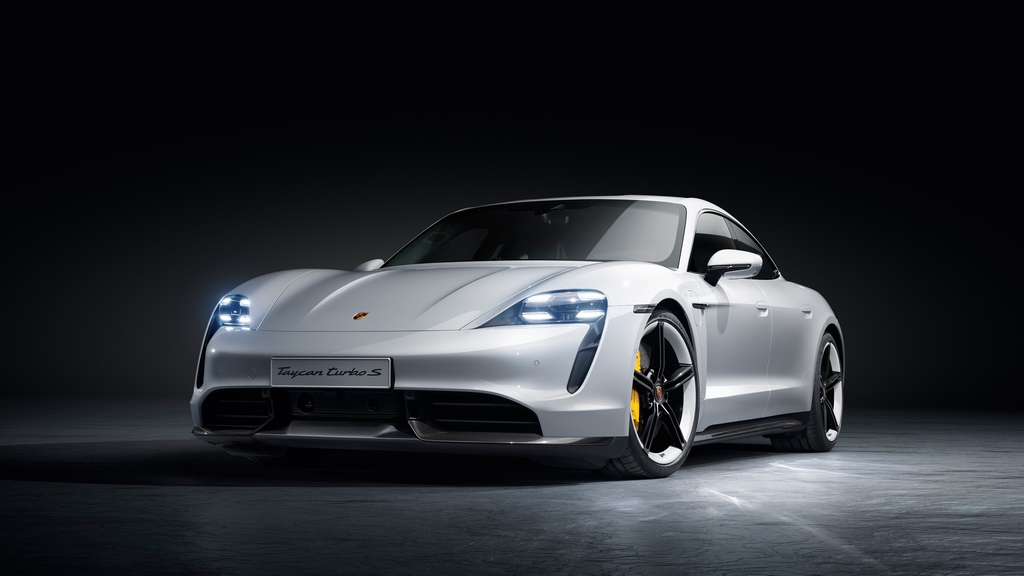
The laser-sharp focus onto the ‘future’ of passenger vehicles is well-ingrained in the traditions of the biennial IAA Frankfurt Motor Show – the largest of its kind globally. In the last couple of editions, the motor show has been giving us strong cues on the ascendance of road-ready battery-electric vehicles with the premiere of various concept cars. This year’s motor show took the EV spirit one step forward with an assaultive display of production-ready electric cars. What is even more awe-inspiring is the wide range of cars gobbled by Europe’s EV momentum, starting from the teeny Honda 3 city car to slightly bigger Volkswagen ID.3 to the formidable Porsche Taycan luxury car.
The success of electric propulsion in small cars and compact SUVs is greatly established beyond any doubts, but the efficacy of battery-electric technologies in begetting high-performance fast cars that ICE’s have chartered since long back is always brought to question. Very few automakers and concept vehicles have confidently taken this challenge in the past. Now, with the debut of the all-new Porsche Taycan production version, which is scheduled to hit European showrooms later this year and in the US by 2020 in two variants – Turbo and Turbo S, it is adequately satisfying that the rapid emergence of battery-electric mobility would not dampen the performance abilities of fast cars, in their pursuit towards zero tailpipe emission.
Porsche calls the Taycan a ‘total concept’ that is innovative and future-ready. After four years of meticulous tweaking since the Mission E concept broke cover in 2015, the car stands on an all-new EV platform, although the curvaceous silhouette and wider body dimensions are largely reminiscences of the 4-door Panamera. It features a centrally networked chassis control system that includes adaptive air suspension with three-chamber technology including PASM (Porsche Active Suspension Management) electronic damper control, as well as the Porsche Dynamic Chassis Control Sport (PDCC Sport) electro-mechanical roll stabilization system and Porsche Torque Vectoring Plus (PTV Plus).
Also Read: Faraday Future FF 91 Electric Crossover Outruns Tesla
The Taycan packs an energy pack of 94 kWh capacity derived from the 396 pouch-type lithium-ion batteries called as ‘Performance Battery Plus’, making the car stupendously heavy at 2,295 kg (5,060 lb), in spite of multi-material steel and aluminum body. The battery pack is guaranteed to retain at least 70 percent of its capacity for eight years or 100,000 miles. A twin permanent-magnet electric motor system, one for each axle, works in complete synchronization, thus making the Taycan an electric all-wheel drive.
Porsche says that the traction motor for the Taycan’s front axle drives through a single-speed reduction gear, while a two-speed transmission for the rear axle offers optimized acceleration, with the second ratio enabling maximized efficiency. The Turbo variant generates a maximum power of 500 kW (670 hp), while the high-spec Taycan Turbo S pushes up the output to 560 kW (751 hp) and 1050 Nm (774 lb-ft).
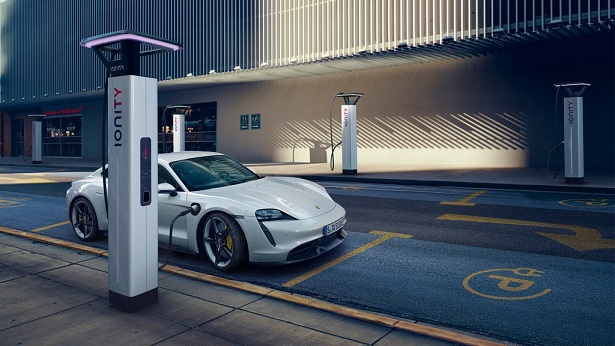
The German automaker also assures that the new car is nothing different from what it has been offering so far in terms of driving emotion and pleasure. Despite being heavy, the Taycan Turbo S can hit 0-100 kmph in a claimed 2.8 seconds, while the Turbo variant may take three more seconds to accomplish the feat. The top speed for both the variants is pegged at 260 kmph (161 mph). The Turbo S has a driving range of up to 412 kilometres in full charge, and the Turbo variant boasts a range of up to 450 kilometres, according to the European Worldwide Light-vehicle Test Procedure (WLTP) in each case.
Further, the Porsche Taycan is the first production vehicle with a system voltage of 800 volts instead of the usual 400 volts for electric cars. This is particularly advantageous for those drivers who spend the most time on the road: in just over five minutes, the battery can be recharged using direct current (DC) from the high-power charging network for a range of up to 100 kilometres (according to WLTP). The charging time for five to 80 percent SoC (state of charge) is 22.5 minutes for charging under ideal conditions, and the maximum charging power (peak) is 270 kW. The overall capacity of the ‘Performance Battery Plus’ is 93.4 kWh. Taycan drivers can comfortably charge their cars with up to eleven kW of alternating current (AC) at home.
On the whole, the new Porsche Taycan is a fast and expensive contender to Tesla Model S, although the car tends to offer a much practical and exquisite driving experience, much to the brand’s legacy. The company has also confirmed that less-powerful and rear-drive iterations of the car will follow. Considering Europe’s hastened push for EVs and their development deadlines across all segments of passenger cars, the technological progress for high-end, performance-oriented electric cars is at full swing.
Also Read: Tesla Model S Electric GT Race-Spec With 778 hp Unveiled


